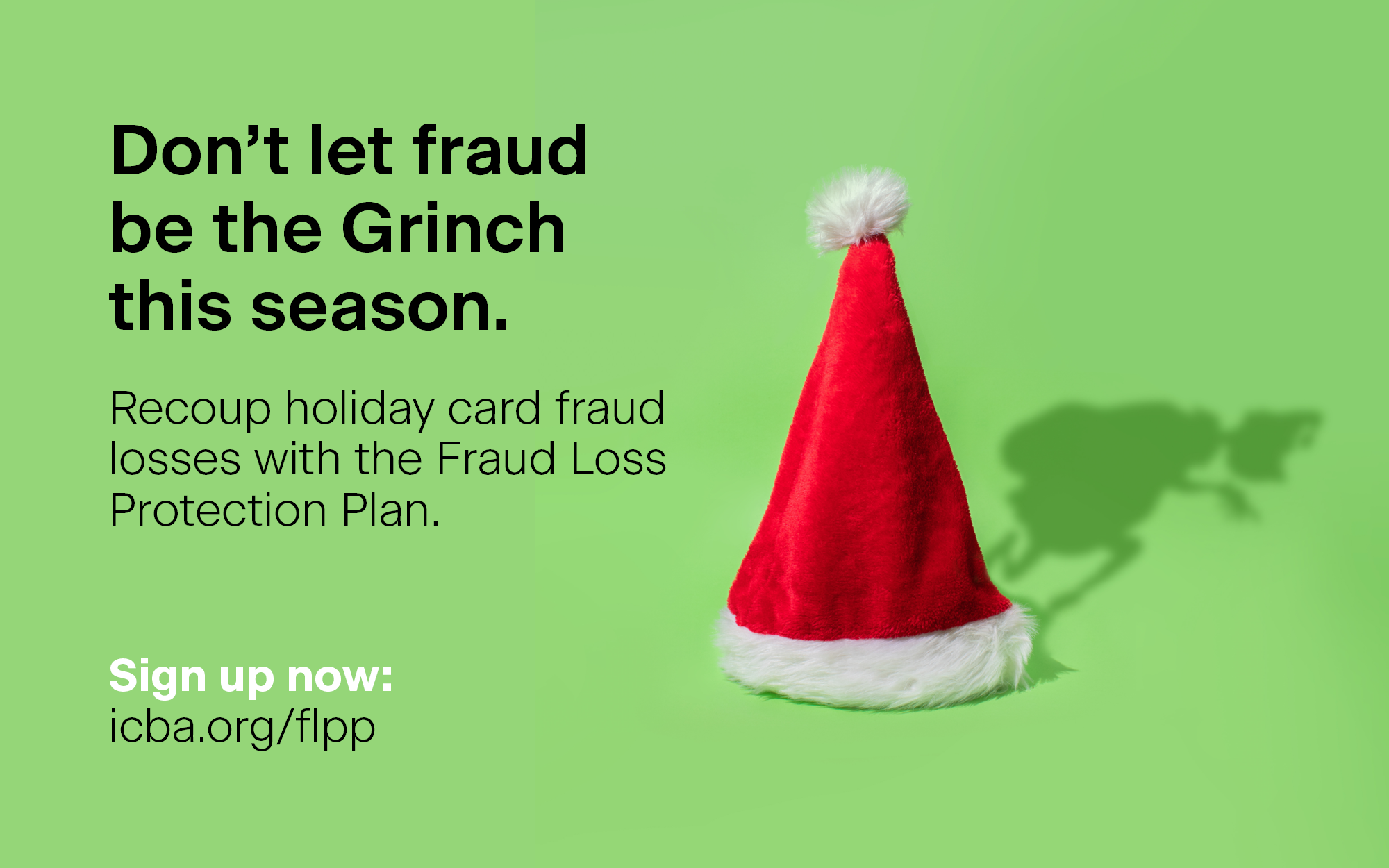If you want your app to be a cut above the rest and give your customers the ideal experience, take note of accessibility, gamification, demographics and other appealing features.
Build a Better Banking App With These 5 Tips
July 01, 2025 / By Elizabeth Judd
If you want your app to be a cut above the rest and give your customers the ideal experience, take note of accessibility, gamification, demographics and other appealing features.
For many community banks, recent generations—young millennials, Gen Z and Generation Alpha—are the holy grail, because they have the potential to grow into large accountholders over time.
Thirty-six percent of millennials plan to switch banks in the next 12 months, and 40% of that cohort rank digital experience as their top criterion for choosing a bank, according to a study by Pinwheel.
One critical way to capture younger customers is an intuitive and user-oriented banking app. But which features will set your community bank’s app apart from the pack? These six hallmarks of a world-class banking app are worth considering.
1. Accessibility features
Twenty-six percent of adults in the U.S. live with a disability, according to the Centers for Disease Control and Prevention. This means that a quarter of your customers may need design modifications when using an app.
The good news is that most mobile platforms like Android or iOS come equipped with accessibility features such as screen readers and voice-access functions controlled through spoken commands. Even so, design choices in individual apps matter.
Jonathan Avila is chief accessibility officer at Level Access, a digital accessibility company based in Arlington, Virginia. His company provides accessibility solutions such as strong color contrast between foreground text and the background, as well as buttons and targets that are large enough for people who see poorly or who face manual dexterity challenges. He suggests that icons and controls have clear, descriptive labels so screen readers are effective. Without descriptive text, visually impaired people may only hear “unlabeled button,” preventing them from achieving what they set out to do, warns Avila.
Artificial intelligence (AI) is also an increasingly powerful force in assisting users with disabilities. When it comes to mobile check capture, for instance, AI can propose ways for users to reposition checks so they can be accurately read, or it could remind someone to turn on the lights as they’re depositing a check.
2. Personalized recommendations
In the future, personalization may go beyond the look and feel of an app and extend to concrete financial recommendations. “Financial stress is the number-two source of stress in people’s lives, just behind health,” says Edward Maslaveckas, cofounder and CEO of banking fintech Bud Financial.
For this reason, he sees an enormous opportunity for banks to delve into customers’ spending behaviors via data and anticipate problems before they arise.
If, for instance, a user spends $100 dining out every Friday yet doesn’t have enough money to cover an upcoming expenditure, a banking app might suggest moving money from savings or even offer a short-term loan, he says.
“Generic banking apps are not really helpful,” says Maslaveckas. “Don’t give me a spreadsheet. Give me an action I can take.”
3. Gamified money management
Quick Stat
40%
of millennials rank digital experience as the number-one factor in choosing a bank.
Source: Pinwheel
Gamification, or the use of game-like features within non-game activities or platforms, lends itself well to banking apps, because adding a fun or competitive element can make a financial app more popular or stickier.
Banking apps can integrate features such as awarding trophies when younger users engage with their accounts. Many children’s bank accounts see little activity after they are opened, but gamification can motivate consistent interaction.
These integrations can also serve as tools for parents to distribute pocket money. For instance, a banking app could send a notification prompting parents to assign a chore, such as cleaning the bathroom, that their children can complete to receive allowance. Once the task is finished, parents can deposit money into the child’s bank account.
Gamification’s appeal isn’t limited to children, however; these features can also encourage adults to save more or stick to their budgets.
4. Error detection
If a user adds a zero to a payment request, the mistake can be serious. Error detection and correction technologies, whether driven by traditional statistical models or by emerging pattern-recognition capabilities via machine learning, are particularly important for a community bank’s older customers or those with disabilities.
Both of these groups can be prone to typographical and other errors—and both benefit when mistakes are caught quickly and brought to their attention. A remedy for errors is second screens that confirm key details before a transaction is completed.
“Whenever there’s a transaction that can’t be undone or has legal or financial consequences, you want to allow the user to review that information before it gets confirmed,” says Avila.
5. Easy charitable donations
Younger generations prefer to give their money to companies that align with their values, and community banks can meet them halfway by offering tools that make charitable giving and saving money easy.
Spiral, a platform that embeds into digital banking apps, is one of those tools. “Customers can automatically round up purchases to grow their savings or support a local cause,” says Shawn Melamed, the platform’s CEO and cofounder.
He explains that community bank customers who use Spiral can build a portfolio of whichever causes they care about, tracking their impact over time and receiving a donation report at tax time.
Melamed is convinced that putting spare change toward feeding a local family or supporting a school-supply drive fosters pride and a feeling of connectedness. “That small, instant gratification—a dopamine hit—makes [users] feel good with every purchase,” he says.
Subscribe now
Sign up for the Independent Banker newsletter to receive twice-monthly emails about new issues and must-read content you might have missed.
Sponsored Content
Featured Webinars
Join ICBA Community
Interested in discussing this and other topics? Network with and learn from your peers with the app designed for community bankers.
Subscribe Today
Sign up for Independent Banker eNews to receive twice-monthly emails that alert you when a new issue drops and highlight must-read content you might have missed.
News Watch Today

Join the Conversation with ICBA Community
ICBA Community is an online platform led by community bankers to foster connections, collaborations, and discussions on industry news, best practices, and regulations, while promoting networking, mentorship, and member feedback to guide future initiatives.











